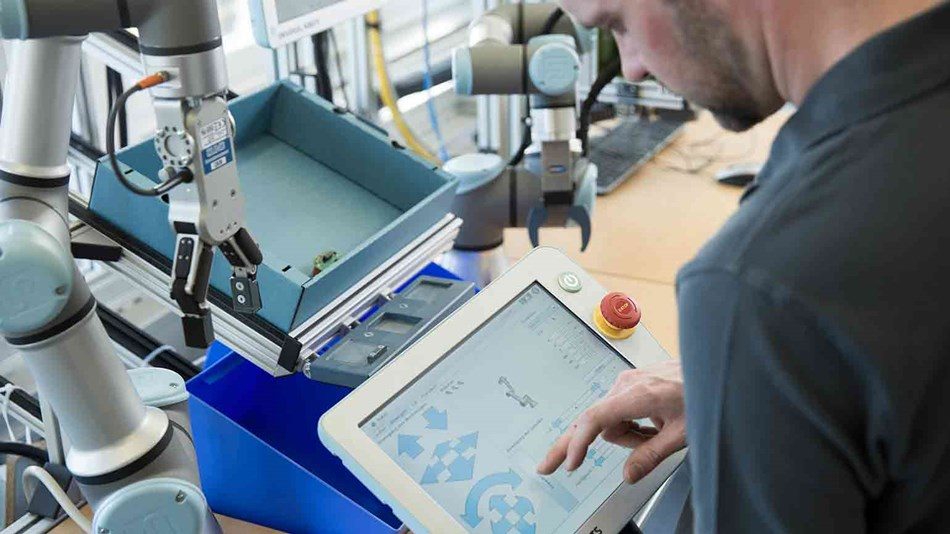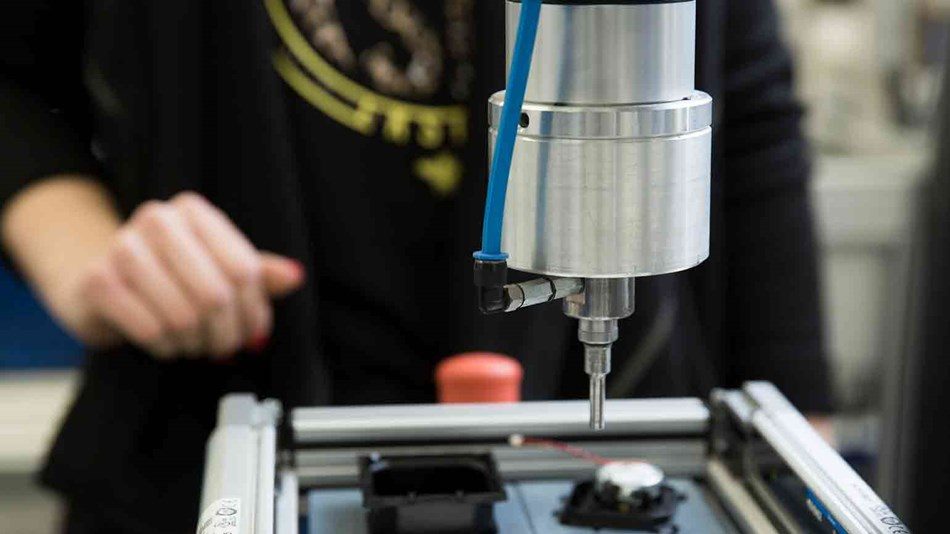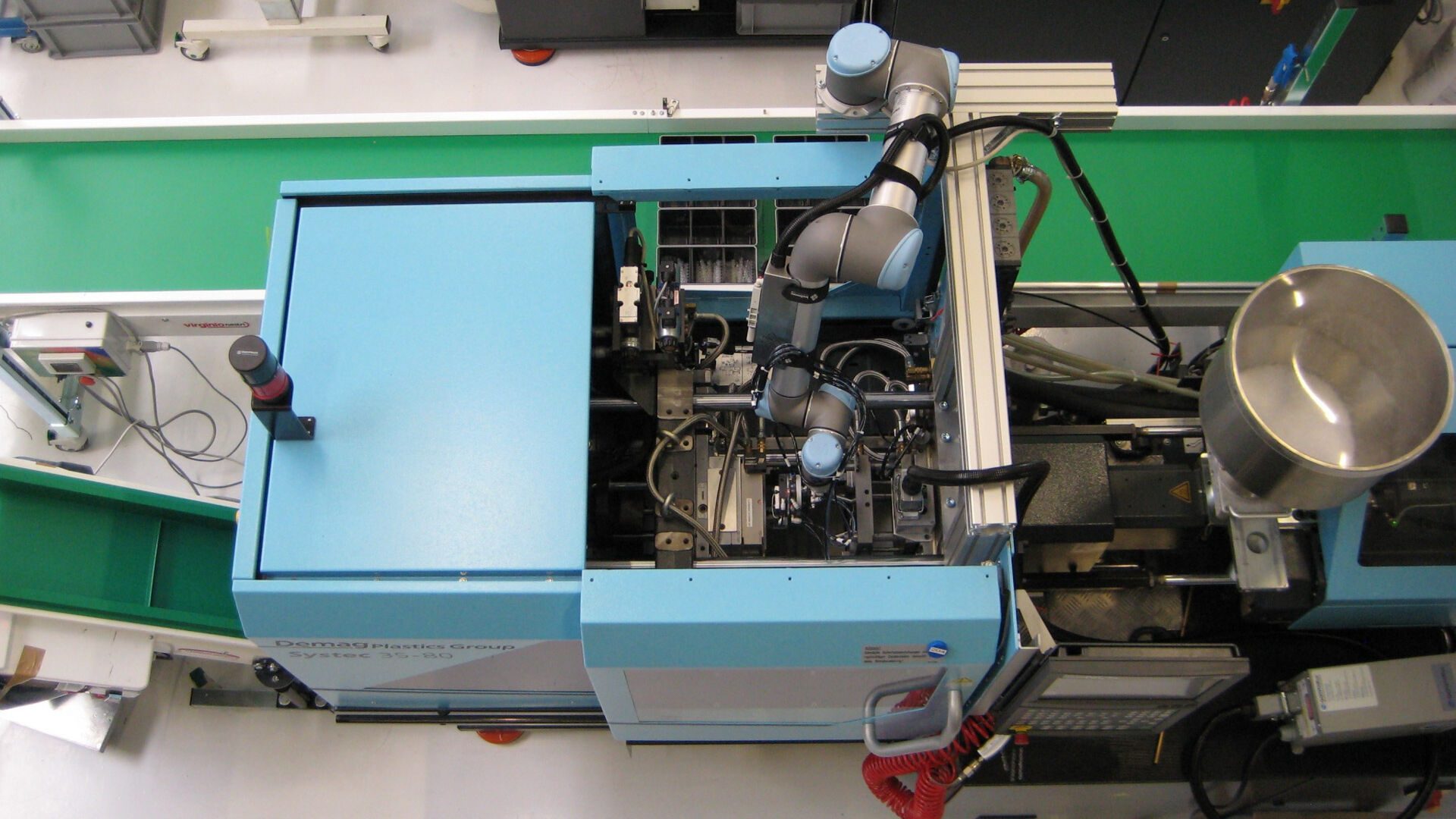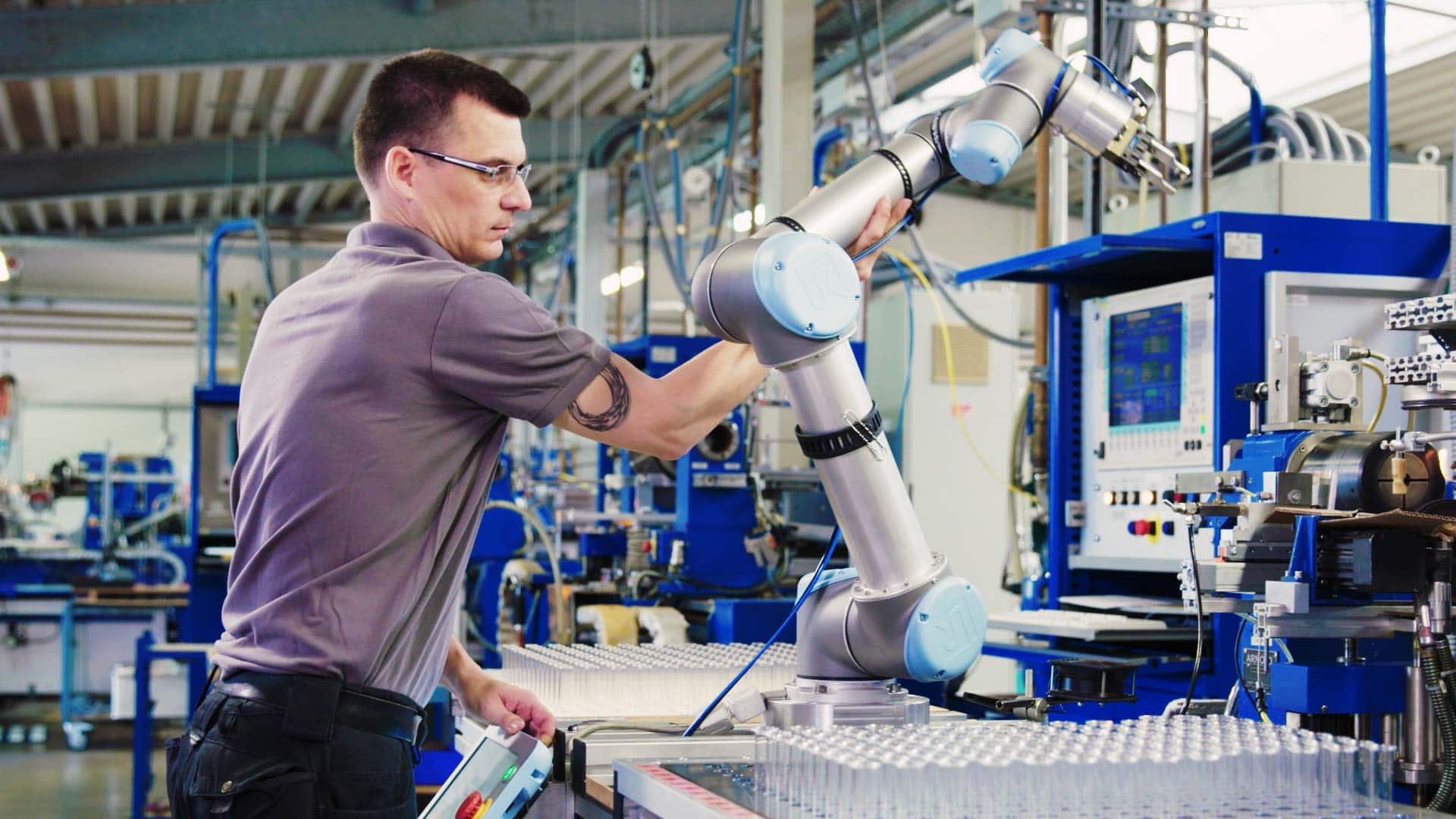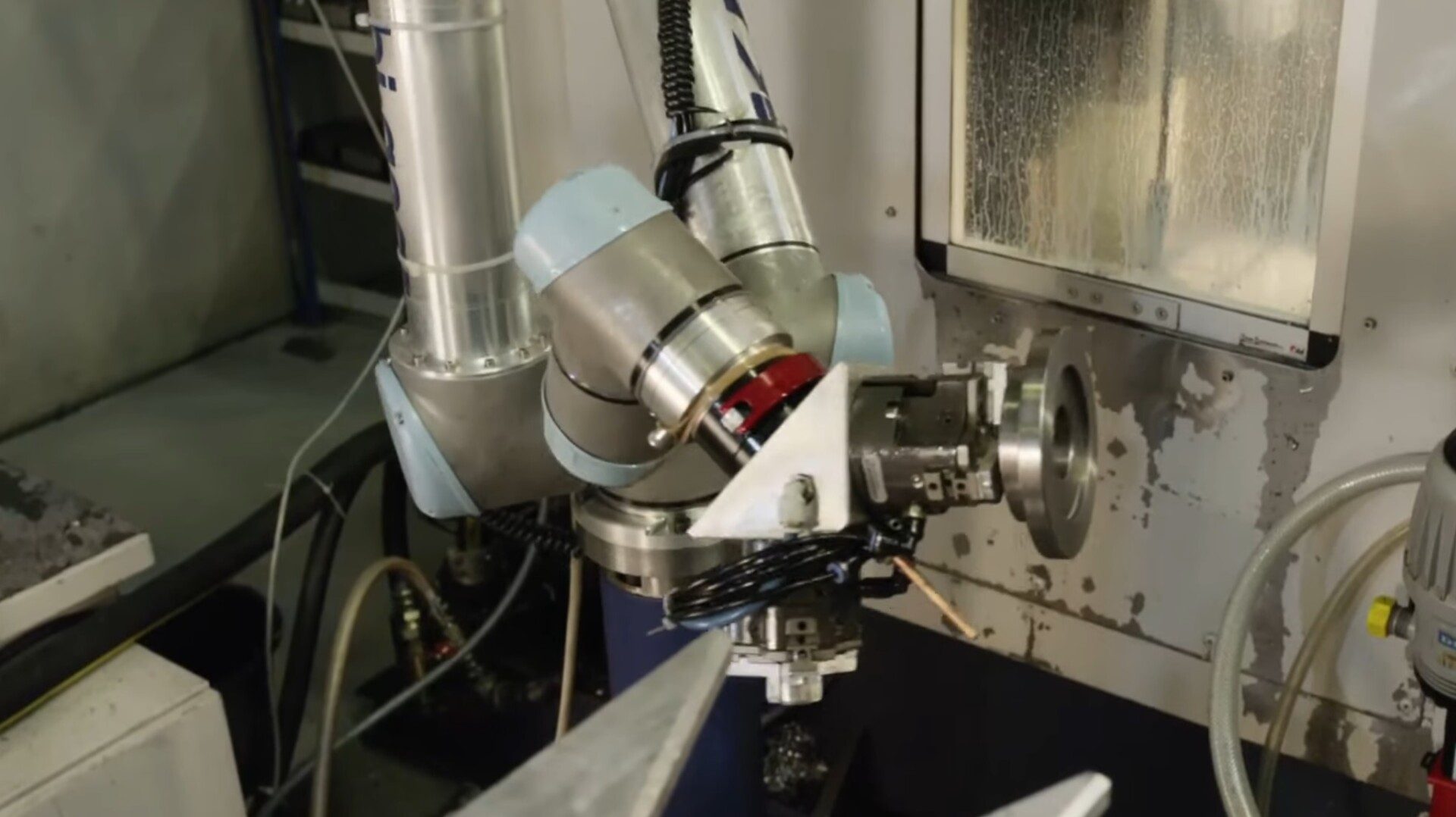Project Description
Why does Albrecht Jung use cobots?
Albrecht Jung's aim was to partially automate production in order to relieve the strain on employees working with intricate small parts and to be able to meet more individual customer requirements. To achieve this goal, the company relies on eight collaborative robots from Universal Robots. These are used in pick-and-place applications, for screwing, packaging and assembling parts. The robot arms are used to optimize production while maintaining consistently high product quality.
What challenge had to be solved?
The major challenge for JUNG is the increasing demands of the market. This is why JUNG is striving to optimize the entire value chain according to lean principles. From now on, production should be as waste-free and flexible as possible. This makes it possible to produce even small batch sizes.
Increasing market requirements
Employee relief
However, customers should not benefit one-sidedly. The employees should also benefit from the partial automation of production. Mario Schäfer, Production Manager at the Lünen plant, makes this clear: "At JUNG, the focus is on people. We are not only concerned about the well-being of our customers, to whom we want to offer our products in the usual high quality 'Made in Germany'. We also want to take the pressure off our employees. Their skills remain indispensable to us, as many of our products are still made by hand. We were looking for a safe technical solution to support our colleagues in their work."
What does the Universal Robots solution look like?
A few years ago, JUNG purchased its first collaborative robot, a UR5, as part of a research project. This cobot was quickly and easily integrated into the production process. Since then, it has been supporting employees in the assembly of smart radios.
- An employee places a fully assembled power supply unit in a holder. She then starts the UR5 with a release button.
- The cobot then picks up the part and places it in a laser chamber with its two-finger gripper. The part is lasered there on the back and front.
- After lasering, the cobot removes the part and places it back in a holder.
- Meanwhile, the employee folds shipping boxes and cleans the finished parts with a cloth. She packs them into the shipping boxes and assembles other parts.
This demonstrates the collaborative properties of UR's cobots very well.
Through this use, JUNG very quickly recognized the safe operability and variety of functions. These were also the reasons for implementing further cobots. Today, a UR3 screws together high-precision components of digital radios at one of the flow production workstations. These screws are very small, which used to cause problems. Sometimes the operator slipped. Today, she can devote herself to other tasks, the work has become safer and she now assembles more parts overall.
Two further UR5 robots are programmed by the employees themselves for the assembly and movement of parts. They also put together the appropriate applications themselves.
A total of eight UR cobots are now in use at JUNG.
This investment has paid off for JUNG in several ways. The company, the customers and the employees benefit in equal measure.
"We are proud to be able to successfully optimize our production with this cutting-edge technology. The cobots enable us to significantly reduce costs and throughput times - resulting in a rapid return on investment."
